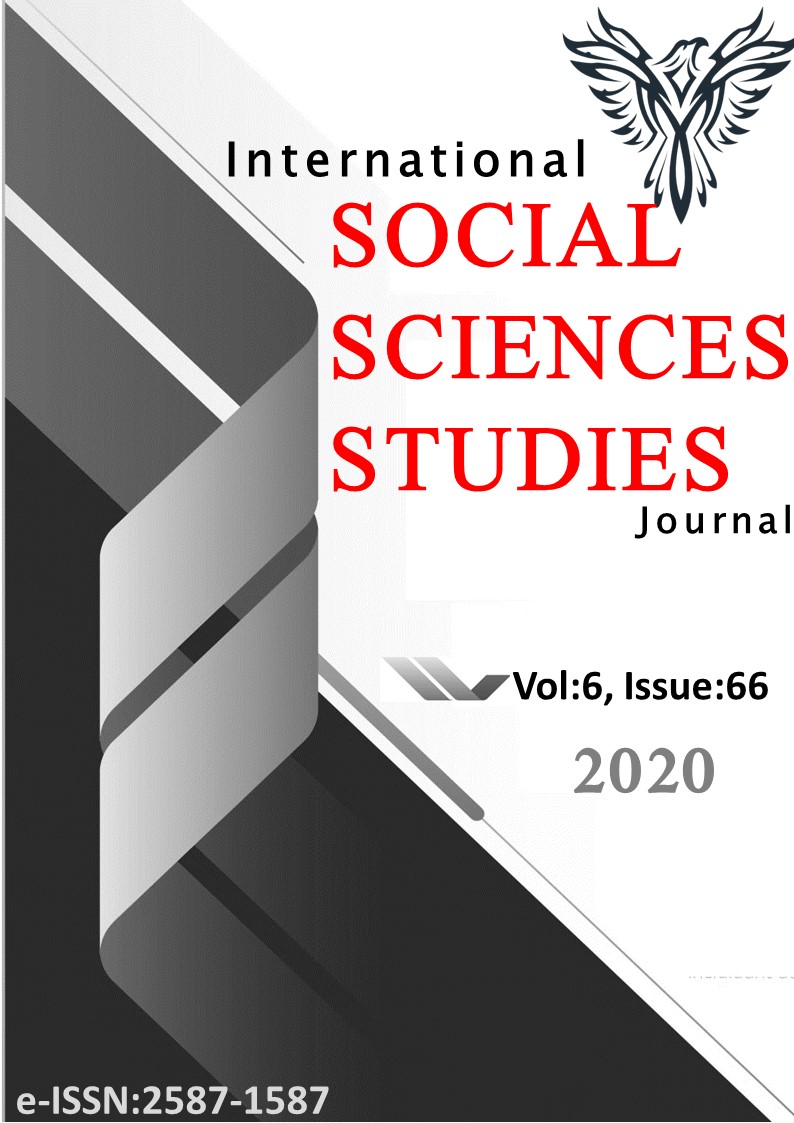Author :
Abstract
Sırp ve Hırvat milliyetçiliğinin tarihsel temelleri bulunmaktadır. Bu süre içerisinde temel ulusal dayanaklarını ve hedeflerini belirleyen Sırplar Büyük Sırbistan Devleti’ni kurmak isterken, Hırvatların hayalisi ise Büyük Hırvatistan Devleti’ni yeniden oluşturmaktı. Yugoslavya tarihi boyunca amaçlarını gerçekleştirmek isteyen milliyetçi gruplar arasındaki mücadele, özellikle İkinci Dünya Savaşı ile ciddi boyutlara ulaştı. Daha sonra Yugoslavya Sosyalist Federal Cumhuriyeti (YSFC) kuruldu ve cumhuriyet içerisinde Sırp ve Hırvat milliyetçileri baskı ile durdurulmaya çalışıldı. Bu çerçevede 1972 yılında Sırp ve Hırvatlara karşı devlet ve Yugoslavya Komünist Birliği içerisinde gerçekleştirilen tasfiye sürecinin amacı milliyetçiliğin önüne geçmekti, ancak tasfiye süreci ile kısmen bastırılan milliyetçi duygular, Josip Broz Tito'nun ölümünün ardından giderek yükselişe geçti. Yeniden milliyetçi grupların harekete geçmesi ile Federasyon'da parçalanma süreci başladı ve bu parçalanma büyük çatışmalara neden oldu. Bu çalışmanın amacı Sırp ve Hırvat milliyetçiliğini tarihsel arka plan çerçevesinde analiz etmektir.
Keywords
Abstract
Serbian and Croatian nationalism have historical foundations. While Serbs who have determined their main national bases and goals during this period, wanted to establish the Great Serbian State, the dream of Croatians was to rebuild the Great Croatian State. The struggle between nationalist groups who wanted to realize their goals throughout history of Yugoslavia reached serious dimensions especially with the Second World War. Then Yugoslavia Socialist Federal Republic was established and within this republic Serbian and Croatian nationalists were tried to be stopped under pressure. In this context, the purpose of the liquidation process against Serbs and Croats in the state and in the Communıst Unıon of Yugoslavia was to prevent nationalism, but the national feelings that were partially suppressed by the liquidation process increased gradually after Josip Broz Tito’s death in 1972. With the mobilization of nationalist groups again, the fragmentation process began in the Federation and this fragmentation caused great conflict. The aim of this study is to analyse Serbian and Croatian nationalism within the historical background.





